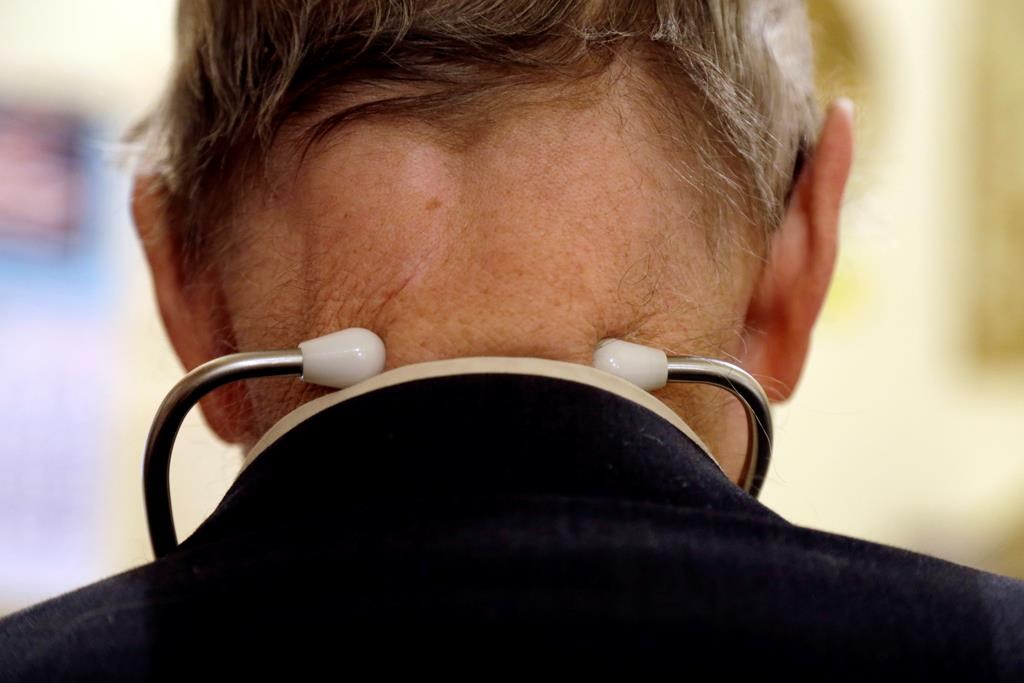A Hamilton and area health group says a growing population and lack of interest in the family care field are elements that continue to aggravate a shortage of family physicians.

The Greater Hamilton Health Network (GHHN) is still pushing for some $22 million from the Ford government to alleviate the problem that has put some 60,000 people in Hamilton, Haldimand and parts of Niagara Region without a family doctor.
GHHN executive director Melissa McCallum said the problem is “complex” with numerous catalysts including a dwindling supply of family physicians, increasing immigration and people living longer.
She said a decrease in medical students interested in family medicine is of top concern, particularly in the midst of competition with other needy health fields seeking candidates.
“We have this competition across the province about where they’re going to go,” McCallum said.
“We also see that physicians coming into the sector really desire to practise in a team-based model, and that’s not a model consistent across the province.”
Should the province put the dollars into the GHHN’s ask, McCallum said the network could begin a program to fill spots and offer access to whoever wants a family practitioner.
The first phase of that goal would focus on populations disadvantaged and underrepresented and reaching out to the agencies that serve them.
“Within Hamilton there is an extreme life expectancy difference between people who are living in certain wards versus the others, demonstrating that there are extreme health inequities,” McCallum said.
“We need to be able to again wrap our arms around communities with good comprehensive primary care.”

Get weekly health news
Hamilton Public Health identified the scope of its existing health and social issues among marginalized populations during the COVID-19 pandemic, recording high infection and low vaccination rates in wards home to lower-income residents.
Following the public health’s 2022 annual report to council, the city embarked on a data collection initiative in an effort to reach “health equity” goals by the end of 2024.
As of July, the Ontario Medical Association (OMA) estimated that about 2.2 million Ontarians are unable to find a family physician.
The association identified shortages in team-based primary care led by a family physician, physician burnout and problems with access to coordinated home and community-based care.
Dr. David Barber, chair of the OMA’s general and family practice division, used the retirement of just five Kingston, Ont., doctors leaving some 8,000 residents without a family physician, as an example of the growing issue.
“We have a single walk-in clinic, which is over-burdened,” Barber said.
“If a patient has, let’s say, diabetes and their control isn’t very good, they really have nowhere to go to get help. … Their option is to go to the emergency room.”
The head of MD admissions at McMaster University said the number of medical school entries is actually climbing but those choosing to become family doctors is not.
Dr. Jason Profetto said that some 10 to 15 years ago, about 50 per cent of students enrolled in medicine would direct their interests into family care.
However, he said today that number is more in the area of the “mid to high 30s.”
“The major problem is, when family medicine graduates finish their residency, very few of them are actually going into that practice,” Profetto said.
“So only one in 10 will actually get a practice where they go five days a week and see patients five days a week. That’s the problem.”
He says about nine out of 10 family medicine graduates would rather take on hospital locums, emergency or even palliative care work.
Perfetto suggested that the root of the problem is the need to have business acumen when running a practice and even suggested that money should be spent to buy clinics for incoming physicians.
“You literally jump into a lake of family medicine, business administration, human resources, referral process and community integration,” he described.
“For a lot of people, this is very overwhelming.”
The Ford government’s current budget commitment to primary care and family physicians is $60 million over two years to create up to 18 new primary care teams in underserved communities.
It also addressed the doctor shortage with $100.8 million over the next three years to expand undergraduate and postgraduate seats with a target of 160 and 295 more spots by 2028.
Profetto said he is a bit “cynical” about the $22 million GHHN ask, submitting the money likely would end up going into administration and bureaucratic processes and not frontline patient care.
“What you need is a clinic,” he said.
“There’s a store over here that’s for sale. … They should buy that, renovate it, and open it up for a family doctor.”











Comments